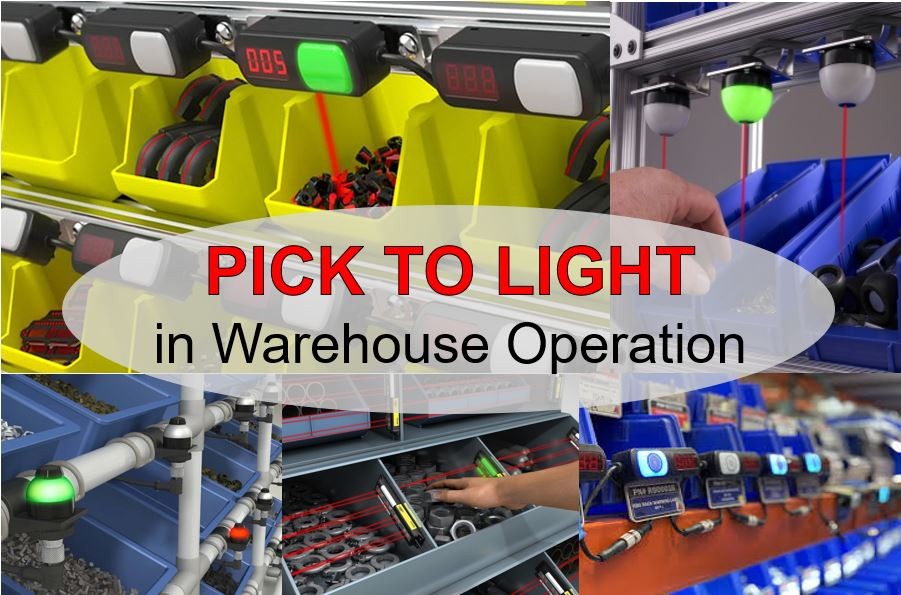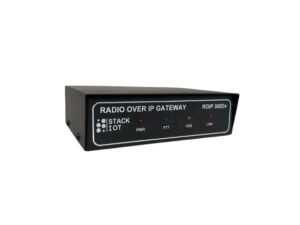Introduction
Pick to Light (PTL) systems, in busy logistic, manufacturing, and e-commerce settings, are transforming the way companies handle order fulfillment. As the demands in the speed and accuracy grow, manual-based picking mechanisms (paper-based or barcode-only) just cannot keep up.
Pick to Light is a smart, graphical process of picking, where lights, sensors and digital displays direct operators to the appropriate objects. The result? Rapid business processes, accuracy, and quantifiable ROI in months of implementation.
What Is Pick to Light?
Pick to Light (PtL) is a paperless system of order-picking which makes use of light signalling and digital displays attached to storage racks or bins. Upon receiving a request, lights will and will light up at the right points of the items indicating the operators where to collect and the quantity of items to collect.
Key Components
- Light modules: Light indicators display the right bin or location.
- Digital display: Display of quantity or confirmation.
- Controller/software: links the PTL equipment to the warehouse management system (WMS).
- Sensors or buttons: Provide operators with the possibility to check picks immediately.
PTL systems automate the operations and offer real time order status information by reducing the time spent on search and manual error.
The Rationale behind Business Investment in Pick to Light
Pick to Light systems are being invested by companies in industries in order to increase the productivity and reduce errors
Main Drivers
- Speed: The workers select faster since the system is able to guide them visually.
- Precision: Lights and confirmations limit the human error.
- Efficiency in labor: Reduced training hours and oversight.
- Scalability: Scalability to warehouses of any size.
- Data visibility: ERP/WMS integration allows tracking the performance.
Quantifying ROI: Time Savings & Accuracy Gains
The ROI of Pick to Light comes primarily from labor savings, error reduction, and productivity improvements.
| ROI Factor | Before Pick to Light | After Pick to Light | Typical Improvement |
| Pick speed per operator | 60–80 picks/hour | 150–300 picks/hour | 2–4× faster |
| Picking accuracy | 90–95% | 99.5%+ | Up to 70% fewer errors |
| Training time | 2–3 weeks | 1–2 days | 80% faster onboarding |
| Order cycle time | 3–4 hours | 1–2 hours | 40–60% reduction |
| Rework/error correction cost | High | Minimal | Up to 90% reduction |
These improvements translate directly into measurable ROI — often allowing full system payback within 12 to 18 months.
How Pick to Light Improves Accuracy
- Guided visual instructions: There are lights that show where to pick and guessing is done away with.
- Real-time confirmation: Employees press a button to confirm every pick – the information is immediately updated in the WMS.
- Error alerts: In case of a wrong pick (either detected by sensors or validation checks), the system will issue an operator alert.
- Eradication of paper work: Minimizes typing mistakes and scanning mistakes.
All these features can guarantee the absence of significant errors, which will reduce returns, enhance customer satisfaction, and decrease the cost of operation.
How Pick to Light Saves Time
- Less time spent during searches: Operators do not have to spend time finding objects they are interested in, lights show them the way.
- Simultaneous pickings: Two or more workers can be picking at various areas at the same time.
- Workflow that is hands-free: Workers remain concentrated on the movement and picking, but not on paperwork.
- Real time updates: It is possible to reprioritize orders in real-time through the control system.
Example:
A warehouse that had 1,000 orders a day saved more than 30 labor hours a day by decreasing the average pick time of 3 minutes per line item to 1 minute with the help of PTL.
Cost vs Benefit Snapshot
| Investment Area | Example Cost | Expected ROI Period | Key Returns |
| Pick to Light hardware & setup | $1,000 – $2,000 | 12–18 months | Faster fulfillment, fewer errors |
| Software integration (WMS) | $500 – $1,000 | 6–12 months | Real-time tracking and reporting |
| Operator training | Minimal | Immediate | Faster onboarding, reduced supervision |
Average ROI: 30–50% annual savings in labor and rework costs.
Case Study Snapshot
One of the mid-sized e-commerce companies deployed Pick to Light on its 40,000 sq. ft. warehouse.
Results within 3 months:
- 45 percent increase in the order throughput.
- 80% drop in picking errors
- The time spent on training was cut down to 2 days.
- ROI achieved in just 14 months
IoT-Data Analytics integration
The latest Pick to Light systems are integrated with IoT sensors, barcode scanners, and automation software in the warehouse.
Integration Benefits
- Information-based insights: SKU flow and track operator efficiency.
- Predictive maintenance: Control the health of monitors and prevent downtimes.
- Smart routing: AI algorithms can be used to assign picks dynamically according to workload and location.
This collaboration between PTL and IoT forms a smart warehouse sector – not only enhancing speed and accuracy, but also long-term operational intelligence.
Implementation Tips
To realize the full ROI out of Pick to Light:
- Begin with large volume SKUs or fast moving areas.
- Connect PTL and your WMS/ERP to track orders in real time.
- Zoning should be done to reduce walking time.
- Integrate PTL and Put to Light or voice picking to workflows in hybrid.
- Periodically check on system data to determine bottleneck.
Conclusion
The payback of Pick to Light is obvious; an enormous amount of time saved, and the accuracy of operations increased, as well as the cost of operations reduced. After evolving manual processes into directed and data-driven workflows, companies have found their way to faster throughput, satisfied customers, and scalability in the long term.
Pick to Light is an investment with high payback possibilities in a short time period to organizations that are willing to optimize their warehouse or fulfillment processes.
StackIOT, the reliable leader in warehouse automation through Pick to Light and IoT integration solutions, should be visited to investigate customized solutions.
FAQs
1. What is the purpose of Pick to Light?
It is applied on warehouses and production lines to show operators on how to correct items to be picked to minimize errors and maximize speed.
2. What is the extent to which Pick to Light can enhance productivity?
The pick speed is improved 2-4 times and picking errors may be reduced by 70 percent.
3. What is the ROI of Pick to light?
The time is normally between 12-18 months of scale and volume of throughput.
4. Does Pick to Light have any integration with my current WMS or ERP?
Yes. The majority of systems are developed to be compatible with the most popular WMS and ERP systems.
5 .Does Pick to Light fit well in small warehouses?
Absolutely, the internal structure of modular designs can be deployed at relatively low costs even when it comes to small facilities, and it can be expanded as needed.




